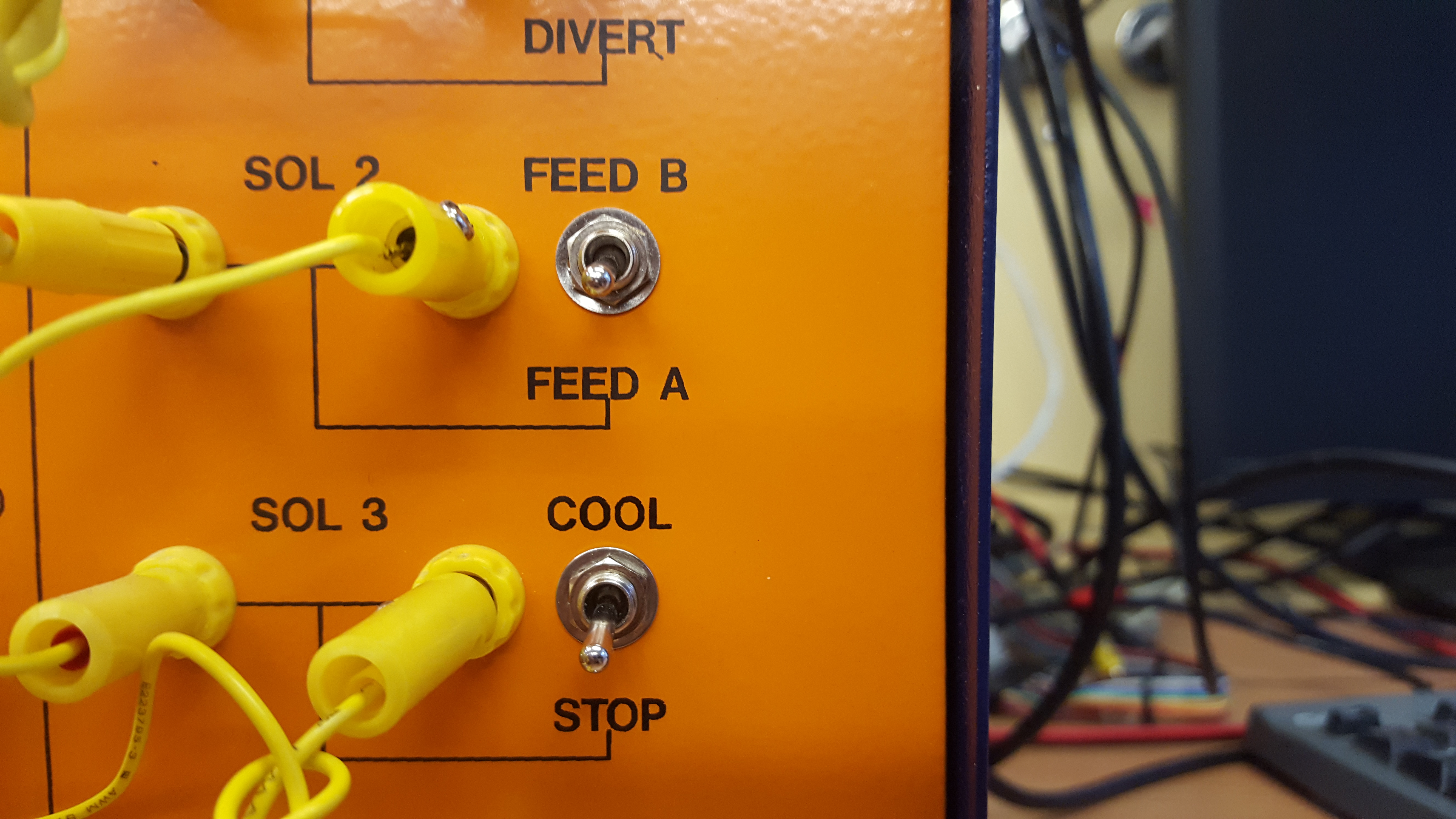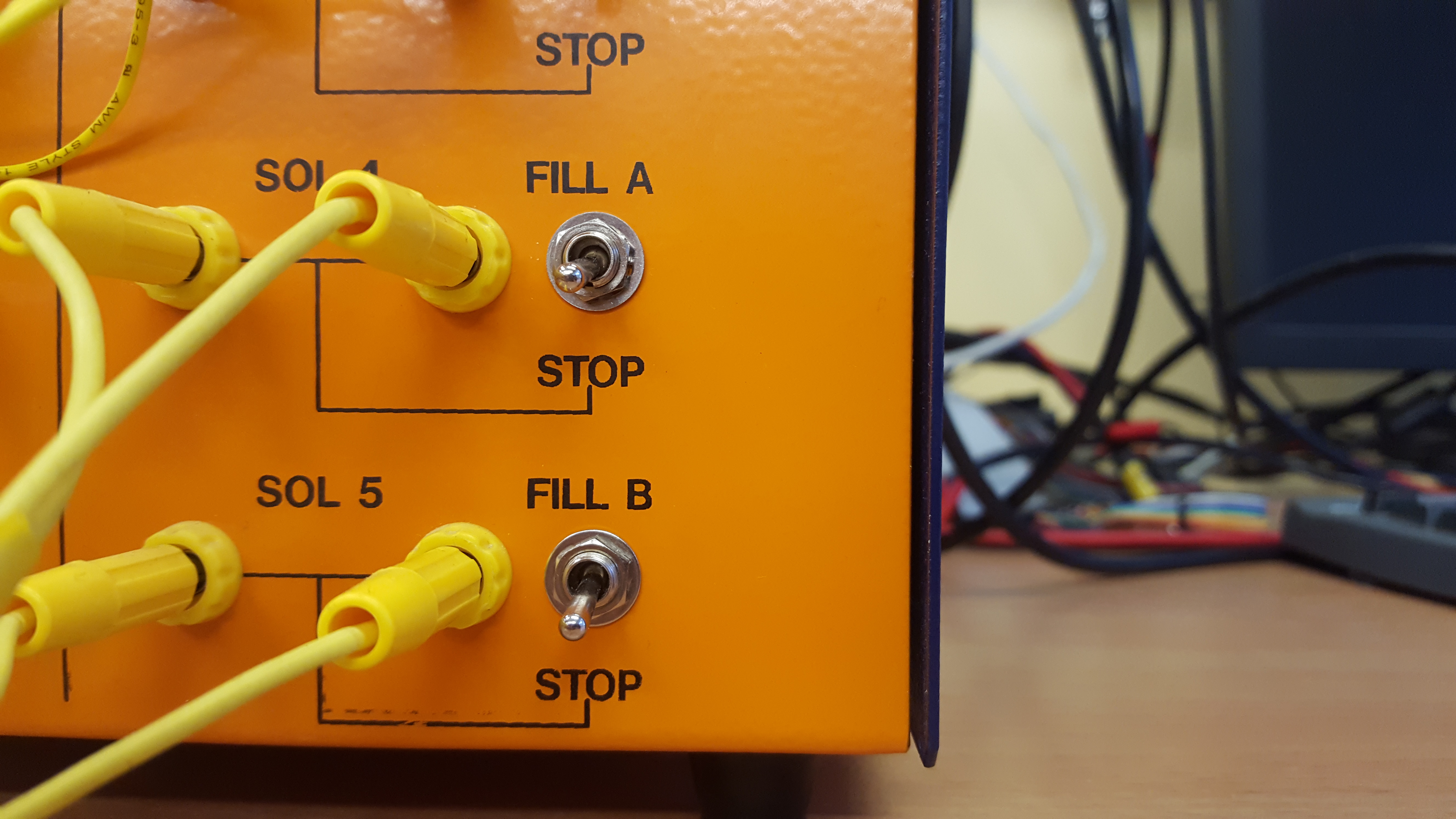The first type of control that I used for the plant process was the manual control. That was the first time I work with a process plant, so at the beginning I had to watch some videos which explaine how the plant works, and everything you had to do, to start it.
The first thing I needed to do is to turn the valve of the water, the trip switchers, and then the control console. Then I prepared all the equipment, boiler, pumps, and turn on the switches.
Afterwards, calibration may be needed, depending on how much is the variation of the value between the console and the tank, for my own knowledge I did it, but it was not necessary because the variation was not that much. For starting the calibration filling the tank is going to be the fisrt step. The calibration was made with 200mm. So, the tank must be fill until 200mm, adjust the level that is show in the control console with the real level, and then empty the tank, and start all over again until the value between the tank and the console is the same.
 This is where calibration is done.
This is where calibration is done.
After all this, I started the process. First of all, I will mention all the variables that we have in the plant: Tank A and B, sensor temperature (T1), Boiler temperature or water heater temperature (T2), cold water temperature (T3), Output temperature for the heat exchanger (T4), Feed pump (Fpump) that is for the source tank, water pump (Wpump) that is for the water heater and the water heater(WH).
For this first experiment, the source tank was tank A, so the first step was to fill it, meanwhile, the water from the boiler was heating, then when tank A was set to 200mm and the water was heated, the pumps had to be turned on (manually with the switches) and set to some value. At the beginning the whole plant is running without making any product because it takes a while to heat up the output temperature.
 Deciding from where is going to be the feed for the process and the filling of the boiler
Deciding from where is going to be the feed for the process and the filling of the boiler
 Control of which tank is going to be fill.
Control of which tank is going to be fill.